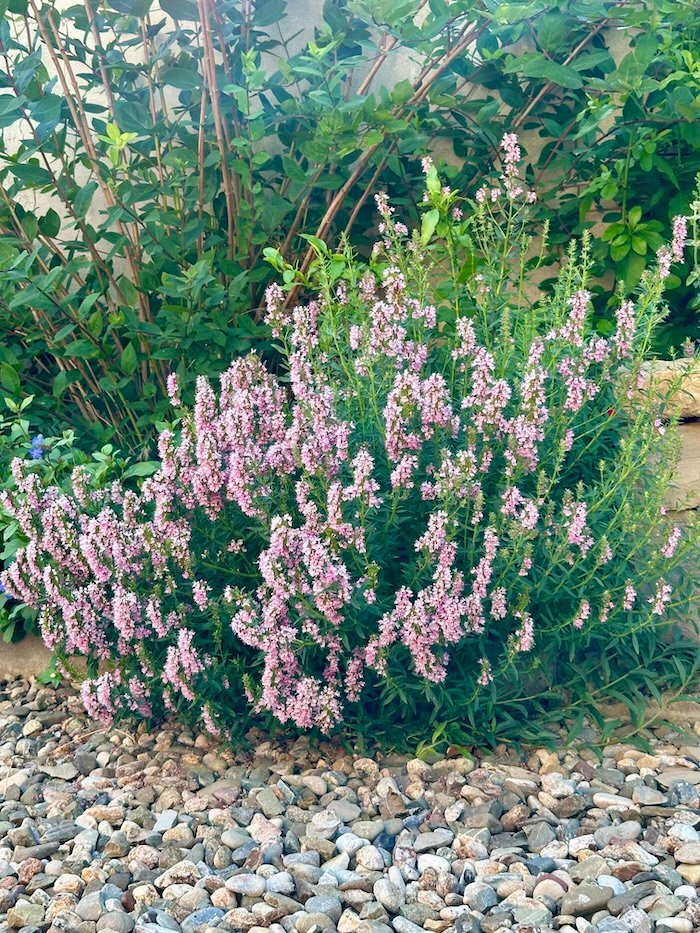Native to Europe and the Middle East, Hyssop has been both a kitchen and a healing herb since the Middle Ages.
In the garden it is a small woody (sub-)shrub (about 45×45 cm), with semi-evergreen aromatic foliage and purple or pink flowers from June through July or even through September in less hot regions. It is drought-resistant and frost-hardy to -15℃. It likes good soil in full sun.
In the kitchen hyssop is used fresh and added to salads or vegetables. Its leaves have an intense, slightly bitter, camphor-like taste. It can be part of the Middle Eastern herbal spice mixture Za’atar and is part of Chartreuse liqueur or Absinthe mixes.
In herbal medicine hyssop is used dried. Its essential oils and tannins have anti-inflammatory, expectorant, anti-bloating and antispasmodic properties. It can be used like sage as a gargle for sore throat or sore gums and to treat excessive perspiration. It is also used as a tea for coughs and digestive complaints, especially to aid in digestion of fatty foods.
Hyssop should not be used in high doses or over several days, especially in the form of essential oil containing the neurotoxic pinocamphon.
The picture shows Hyssopus officinalis roseus

Leave a Reply